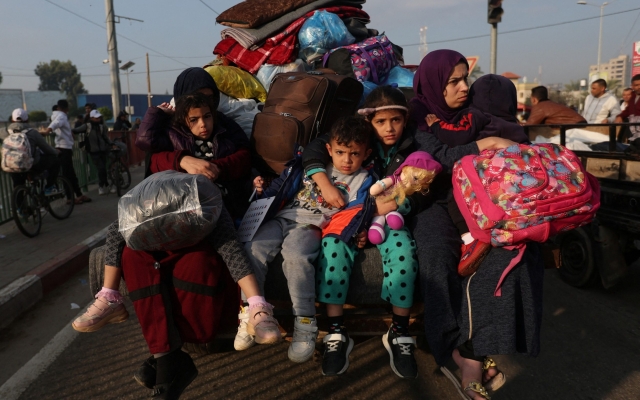 Palestinian women and children flee their homes after renewed Israeli strikes on Friday Photo: Ibrahim Abu Mustafa/REUTERS
Palestinian women and children flee their homes after renewed Israeli strikes on Friday Photo: Ibrahim Abu Mustafa/REUTERS
This happened as reports that Israel is planning a protracted war against Hamas that will last a year or more and include an imminent advance by its forces into southern Gaza.
The operation aims to kill the group's three main leaders — Yahya Sinwar, Mohammed Deif and Marwan Issa — and destroy its ability to govern the territory, the Financial Times reported, citing unnamed Israeli officials.
In a sign of its intentions, the Defense Forces Israel (IDF) early Friday morning published a map dividing the 140-square-mile Gaza Strip into hundreds of blocks.
The IDF said the map was intended to save civilian lives by allowing targeted warnings to Palestinians ahead of specific offensive operations.
But it was unclear how such information would be communicated to Gazans, some of whom said remain in the dark about where to find updated information.
Most Palestinians are now concentrated in the southern part of the enclave, in and around the town of Khan Younis, having fled in that direction in hopes of finding safety and possibly infiltrating Egypt through the Rafah border crossing.
The US is insisting that Israel adapt its approach in the south after weeks of intense air strikes that have leveled much of the north.
One senior US official told CNN that options being considered include relocating civilians who have fled to south, back to the north as soon as hostilities there end.
Even if the plan is approved by Israeli authorities, it is unclear whether the return of hundreds of thousands of people is possible as the war has destroyed many homes and key infrastructure. rubble.
To date, the IDF has warned displaced Palestinians against returning to the north, saying the area remains a war zone.
 A Palestinian woman helps an injured child in the Gaza Strip after an Israeli strike following the expiration of a temporary truce between Hamas and Israel Photo: STRINGER/REUTERS
A Palestinian woman helps an injured child in the Gaza Strip after an Israeli strike following the expiration of a temporary truce between Hamas and Israel Photo: STRINGER/REUTERS
It was also reported on Friday that Israel had told several Arab states that it wanted to create a buffer zone along the Palestinian side. borders of the territory to prevent future similar attacks carried out on October 7.
This came after the IDF confirmed the deaths of five hostages held by the terrorist group in Gaza, saying their families had been informed and the body one was returned to Israel.
Qatar, which brokered the ceasefire, said the renewed fighting had complicated efforts to restore the truce and release more than 130 captives believed to still be held by the group in exchange for the release of more Palestinian prisoners from Israeli prisons.
Hamas said it had offered to hand over the bodies of three members of the Bibas family it said were killed in Israeli airstrikes, including the youngest hostage, a 10-month-old baby.
The group also said they «seriously sought and continue to seek a truce, even in the face of renewed Israeli aggression.»
Israel said Hamas has refused to release more female civilian hostages it believes the group is holding
Daniel Hagari, an IDF spokesman, said that “136 hostages, including 17 women and children” were still under Hamas control.
The breakdown of the Gaza truce also led to clashes between the IDF and Hezbollah, the Lebanese militant group, along Israel's northern border with Lebanon.
Lebanese state media reported that Israeli shelling killed three people. in the south of the country, a Hezbollah stronghold.
The Iran-backed terrorist group, an ally of Hamas, said one of its members was among those killed.
He also said he had carried out several attacks on Israeli military positions along the border in support of Palestinians in Gaza, warning that he was vigilant and ready once the truce ended.
Israel's northern border has been the site of attacks Since the events of October 7, there have been many clashes, raising fears that the conflict could escalate into a full-scale regional war.
About 100 people in Lebanon were killed during the fighting, 80 of them by Hezbollah militants. Tens of thousands of people have fled on both sides of the border.
Meanwhile in the Gaza Strip, the Hamas-run health ministry said the death toll had risen to more than 15,000 after renewed fighting.
The bloodshed further fueled growing global concern about the humanitarian crisis unfolding in the territory.
James Elder, UNICEF's representative for the Gaza Strip, called for a «long-term ceasefire.»
< p>» Today the powers that be have decided that the killing of children will resume in the Gaza Strip,” he said.
Jens Laerke, a spokesman for the UN humanitarian office in Geneva, said: “Hell on Earth is back.” to Gaza.»







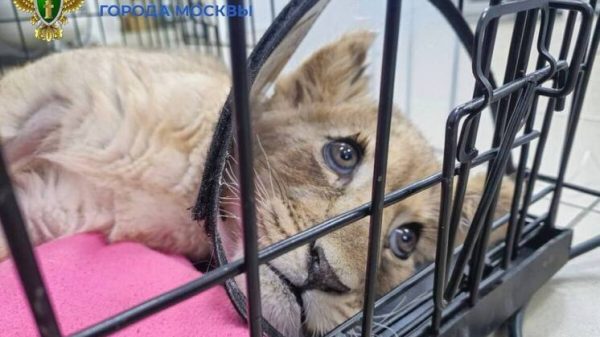
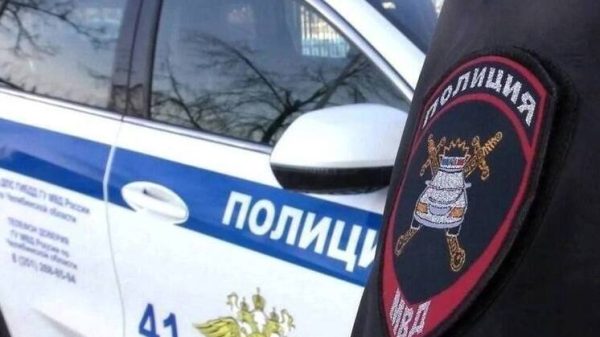
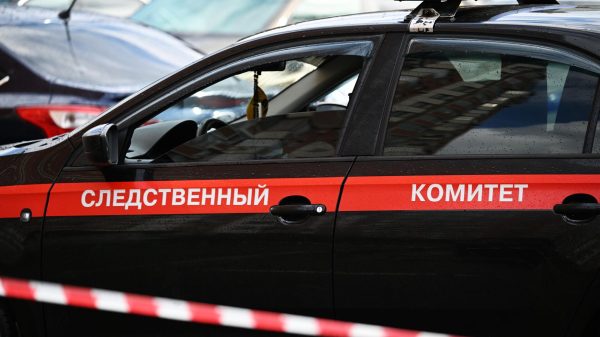
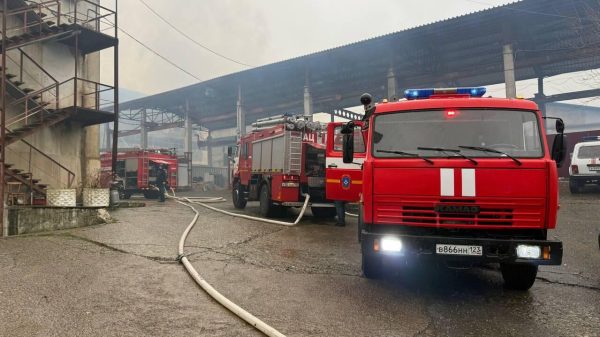






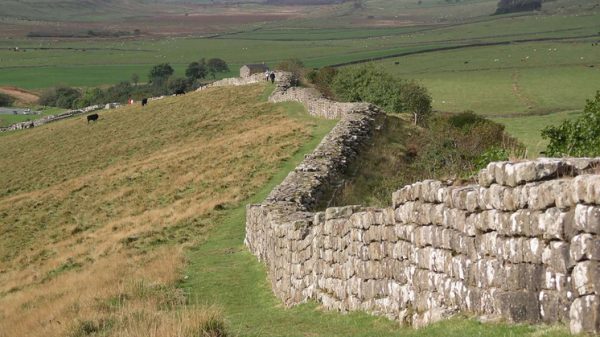


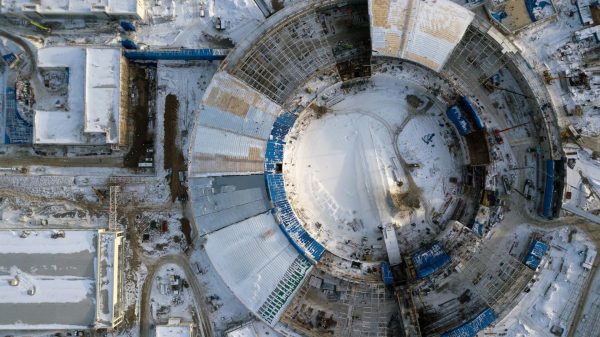
















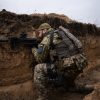

















Свежие комментарии